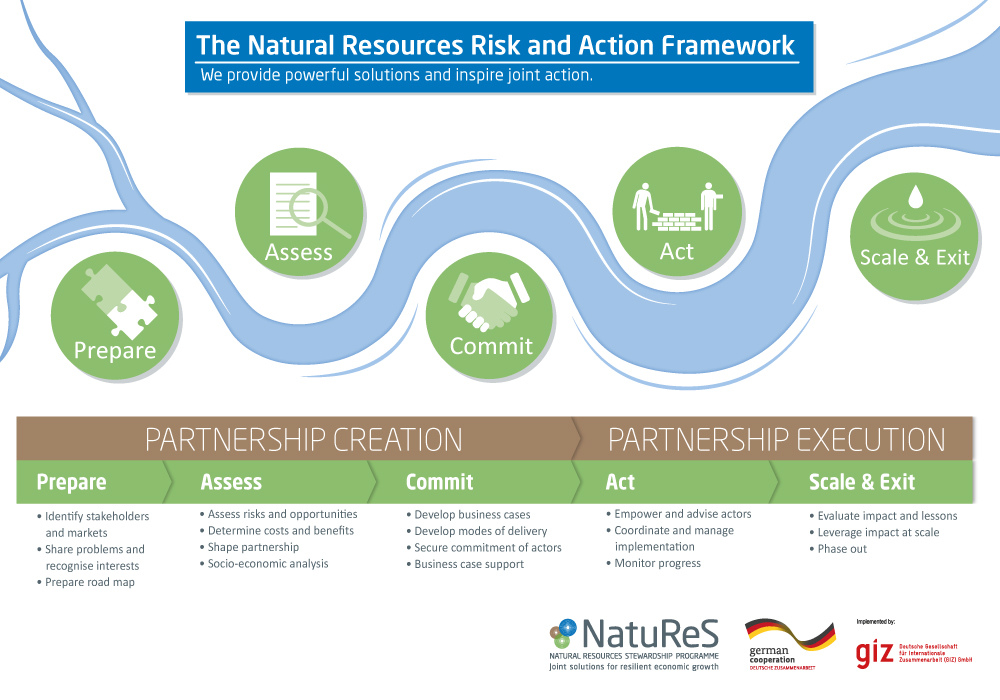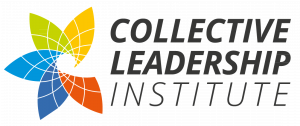International Water Stewardship Programme (IWaSP)
The Natural Resources Risk & Action Framework was developed by the International Water Stewardship Programme (IWaSP). Working alongside public bodies, enterprises and civil society, IWaSP identifies measures aimed at reducing shared water risks. The programme initiates and sets up partnerships between the three different types of stakeholders, and coordinates these with the support of GIZ bilateral and regional water programmes.
Currently IWaSP is active in nine countries: Kenya, Uganda, Tanzania, Zambia, Ethiopia and South Africa on the African continent and Grenada and Saint Lucia in the Caribbean and Pakistan in Asia.
The Deutsche Gesellschaft fur Internationale Zusammenarbeit (GIZ) GmbH works to develop lasting solutions for sustainable development and manages IWaSP on behalf of the German Federal Ministry for Economic Cooperation and Development (BMZ) and the UK Department for International Development (DfID).
Collective Leadership Institute
The Collective Leadership Institute is an internationally operating non-profit organisation located in Potsdam (Germany) and Cape Town (South Africa) with focus on educational programmes in the area of Collective Leadership and Stakeholder Dialogues. Learn more…
What is the Natural Resources Risk & Action Framework?
Cross-sector “water stewardship” approaches are emerging around the world seeking to address shared water risks through collective action in response to increasing demand and threats to water supply and quality. Water stewardship is based on the premise that all water users play a role in the sustainable use and management of water resources, as business, government, or civil society cannot effectively address complex and shared water risks alone. To help address these challenges, the International Water Stewardship Programme (IWaSP) has developed the Natural Resources Risk and Action Framework (NRAF).
The NRAF was first developed by IWaSP in 2013 and has since been updated with international best practices and lessons learnt from projects implemented at the community level. It guides practitioners in forming and executing water stewardship partnerships. The proven five-phase process increases the quality of partnerships that deliver accelerated and sustainable results to achieve water security for businesses, communities, and government.

Within the five-phase process, the NRAF provides a set of tools for flexible application, as partnerships and their development differ case by case. These tools address various themes, such as building relationships, assessing water risks and options for water risk mitigation measures, and making the business case for water stewardship.
Each of the NRAF’S five Phases has three elements and each of those have several key points to guide practitioners’ activities in the design and implementation of water stewardship projects. This guidance is neither linear nor absolute, as elements of some Phases may occur simultaneously, while other Phases may have to be revisited. Being aware of and selectively following this process will increase the probability of favorable outcomes in water security and in achieving the Sustainable Development Goals. The NRAF has already been applied successfully in more than 10 partnerships.


